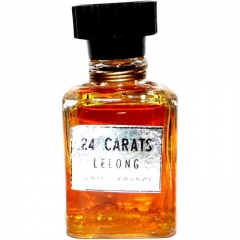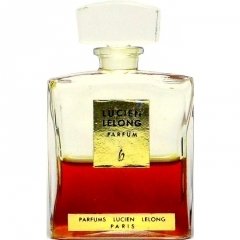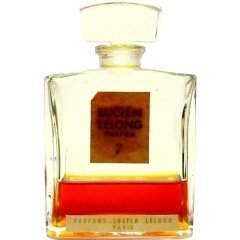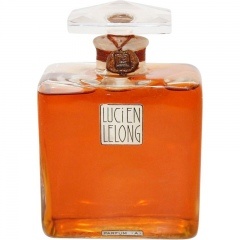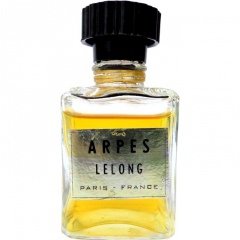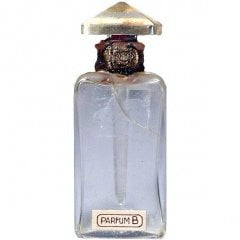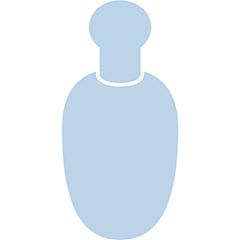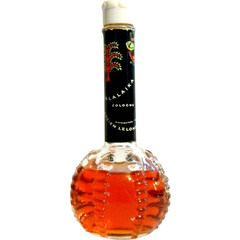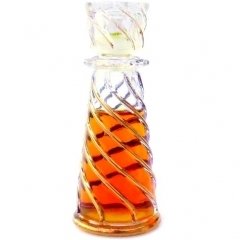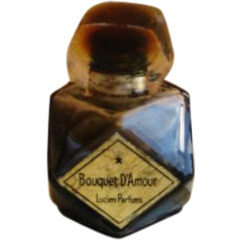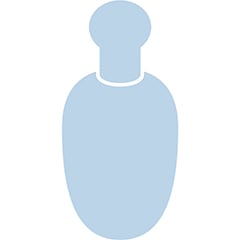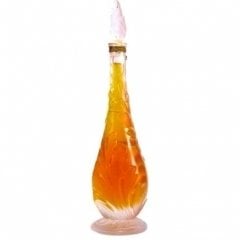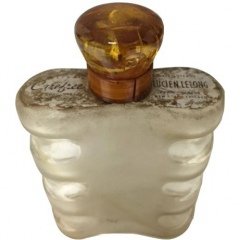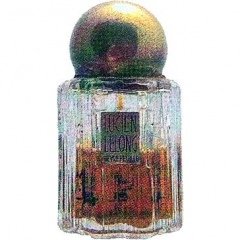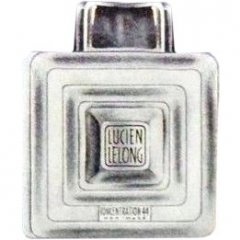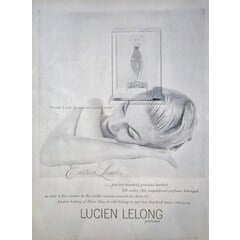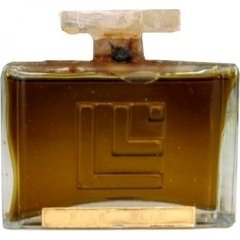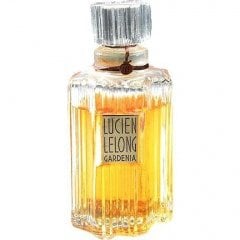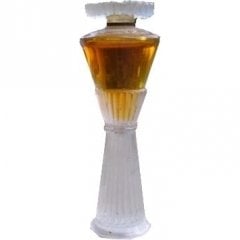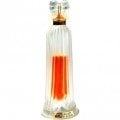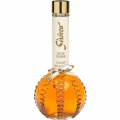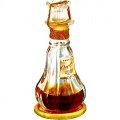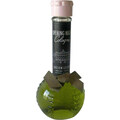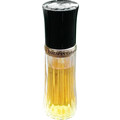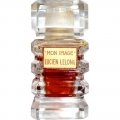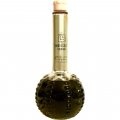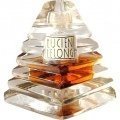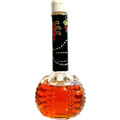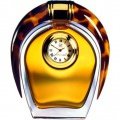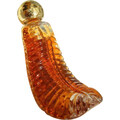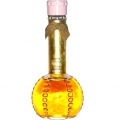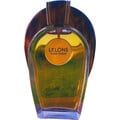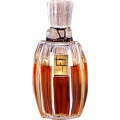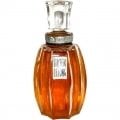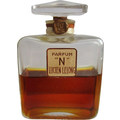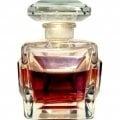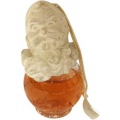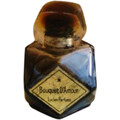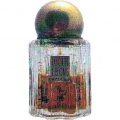Lucien Lelong
Lucien Lelong would certainly not have gone down in the annals for his private life. His second wife, a Russian-born princess, became pregnant in 1937 by the openly bisexual Jean... Read more
Interesting Facts
Lucien Lelong would certainly not have gone down in the annals for his private life. His second wife, a Russian-born princess, became pregnant in 1937 by the openly bisexual Jean Cocteau, which prompted Lelong to divorce his wife, who also worked as a model for her husband's creations.
Lucien Lelong, born in 1889, was practically born to be a fashion designer, as his parents owned a fashion house in Paris. After the First World War, he joined his father's business, redesigned it according to his own ideas and launched his own collections. The way Lucien Lelong had dealt with textiles since childhood was then to shape his personal style: classically elegant with an emphasis on first-class workmanship of the best fabrics. For example, Christian Dior said, 'With Lucien Lelong I learned that fabrics have a personality, a multifaceted behavior like that of a spirited woman.' - After all, Christian Dior, like Pierre Balmain, Hubert de Givenchy, Jean Ebel or Jean Schlumberger, had been one of the many young designers hired and promoted by Lucien Lelong.
Lucien Lelong did not learn tailoring, but business administration. But this training was to stand him in good stead, as he was the first couturier ever to launch the first collection of ready-to-wear clothing in 1933, because he realized that a business that exclusively produced haute couture could not be profitable in the long term.
However, Lucien Lelong brought another mainstay for his core business to life earlier: in 1924, he launched his first perfumes, with names that rivaled the originality of Coco Chanel's numbered perfumes. He unceremoniously gave his perfumes letters as names.
At first, the design of his flacons was just as simple; he simply didn't bother with it. However, when he realized what a response his fragrances were getting, he began to design those flacons that are now coveted collector's items: elegant little glass works of art in the style of late Art Nouveau and Art Deco, made by René Lalique and Verreries Brosse.
But his most important role was to come to Lucien Lelong during the Second World War. As president of the 'Chambre Syndicale de la Couture', he ensured vis-à-vis the Nazis with flattery, tough negotiations, but also simply with flat lies that the Parisian fashion industry was not shipped to Berlin, as planned by the occupying power, but remained in the French capital. At the same time, he managed to protect over 12,000 employees of the fashion industry from being deported to Germany as forced laborers. In this way, he ensured that production in Paris could continue almost unmolested compared to the other fashion centers of the countries participating in the war. Thus, the finest haute couture was available in Paris even throughout the Second World War.
After the war, Lucien Lelong, in failing health and on the advice of his doctor, closed the doors of his fashion house in 1948, but regardless, his perfumes are still produced today.
Ten years later, Lucien Lelong, at the age of 68, died in May 1958 in the city where he was born and owed much to the fashion industry, including the many people who worked there - Paris.
Lucien Lelong, born in 1889, was practically born to be a fashion designer, as his parents owned a fashion house in Paris. After the First World War, he joined his father's business, redesigned it according to his own ideas and launched his own collections. The way Lucien Lelong had dealt with textiles since childhood was then to shape his personal style: classically elegant with an emphasis on first-class workmanship of the best fabrics. For example, Christian Dior said, 'With Lucien Lelong I learned that fabrics have a personality, a multifaceted behavior like that of a spirited woman.' - After all, Christian Dior, like Pierre Balmain, Hubert de Givenchy, Jean Ebel or Jean Schlumberger, had been one of the many young designers hired and promoted by Lucien Lelong.
Lucien Lelong did not learn tailoring, but business administration. But this training was to stand him in good stead, as he was the first couturier ever to launch the first collection of ready-to-wear clothing in 1933, because he realized that a business that exclusively produced haute couture could not be profitable in the long term.
However, Lucien Lelong brought another mainstay for his core business to life earlier: in 1924, he launched his first perfumes, with names that rivaled the originality of Coco Chanel's numbered perfumes. He unceremoniously gave his perfumes letters as names.
At first, the design of his flacons was just as simple; he simply didn't bother with it. However, when he realized what a response his fragrances were getting, he began to design those flacons that are now coveted collector's items: elegant little glass works of art in the style of late Art Nouveau and Art Deco, made by René Lalique and Verreries Brosse.
But his most important role was to come to Lucien Lelong during the Second World War. As president of the 'Chambre Syndicale de la Couture', he ensured vis-à-vis the Nazis with flattery, tough negotiations, but also simply with flat lies that the Parisian fashion industry was not shipped to Berlin, as planned by the occupying power, but remained in the French capital. At the same time, he managed to protect over 12,000 employees of the fashion industry from being deported to Germany as forced laborers. In this way, he ensured that production in Paris could continue almost unmolested compared to the other fashion centers of the countries participating in the war. Thus, the finest haute couture was available in Paris even throughout the Second World War.
After the war, Lucien Lelong, in failing health and on the advice of his doctor, closed the doors of his fashion house in 1948, but regardless, his perfumes are still produced today.
Ten years later, Lucien Lelong, at the age of 68, died in May 1958 in the city where he was born and owed much to the fashion industry, including the many people who worked there - Paris.
Content by
 Birdee
Birdee
 Birdee
Birdee

